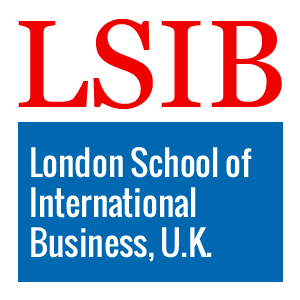Career Advancement Programme in Biomimicry Techniques for Innovation
Published on June 28, 2025
About this Podcast
HOST: Welcome to our podcast, today I'm excited to have Dr. Mia Anderson, the lead instructor for the Career Advancement Programme in Biomimicry Techniques for Innovation. Dr. Anderson, could you please share a bit about your experience and inspiration in this field? GUEST: Absolutely, I've been working with biomimicry for over a decade now. What drew me to it was the potential to create sustainable solutions by learning from nature's time-tested designs. HOST: That's fascinating. Could you give us some examples of how these principles are being applied across different industries? GUEST: Sure! For instance, architects are using biomimicry to design buildings that regulate temperature more efficiently, similar to termite mounds. In product design, companies mimic nature's shapes and processes to create items that are both durable and eco-friendly. HOST: Those are great examples. Given the increasing focus on sustainability, where do you see the future of biomimicry heading? GUEST: The possibilities are endless. As we face greater environmental challenges, I believe more industries will turn to nature for innovative solutions. Our course equips professionals with the skills to drive this change. HOST: That's inspiring. However, there must be challenges in teaching and learning such a specialized subject. Can you share any insights on this? GUEST: Indeed, one major challenge is helping students unlearn traditional design methods. We need to foster a mindset that sees nature not just as a resource, but also as a teacher and mentor. HOST: Thank you for sharing that. Lastly, who would you say is ideal for this programme - engineers, designers, or perhaps innovators from other backgrounds too? GUEST: This course is designed for anyone looking to bring about innovative change. So yes, engineers and designers, but also entrepreneurs, policymakers, and anyone interested in merging nature and technology. HOST: Well, Dr. Anderson, it's been an enlightening conversation. Thanks for joining us today and giving our listeners a glimpse into the fascinating world of biomimicry and your career advancement programme. GUEST: My pleasure, thank you for having me. I hope our discussion has sparked curiosity about the potential of biomimicry in driving innovation and sustainability.
